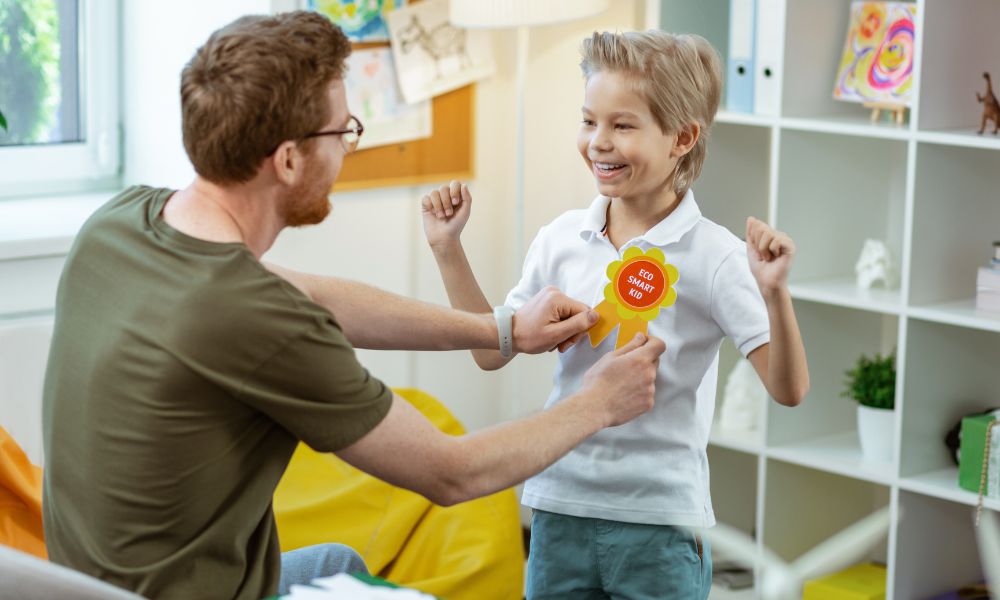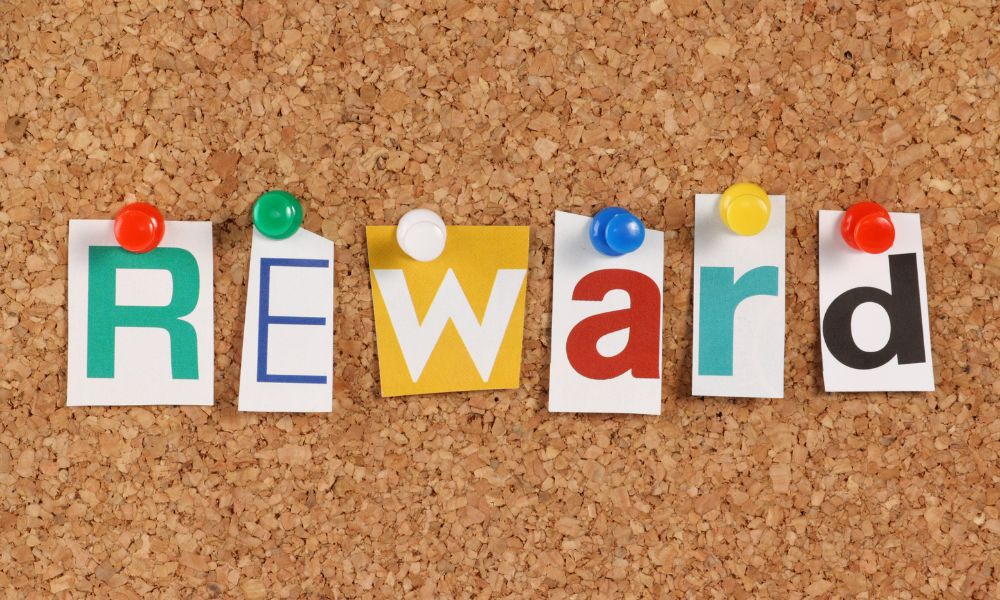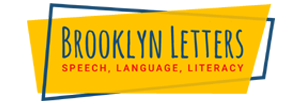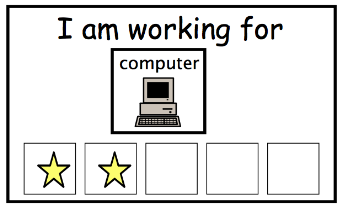6 REWARD SYSTEMS FOR CHILDREN AT HOME

Reward Systems for Children at Home
*All resources listed are economically friendly for providers.*
1) PBIS (Positive Incentive Behavior and Supports) is a great resource used to improve students’ behavior. This incentive is evidence-based and data-based. Using practices and strategies to shape positive behaviors through student growth in all areas: (academic, safety, behavior, and establishing positivity). You navigate the site by selecting one or more behavior challenges the student is working on. For example, a student demonstrates a lack of social skills. It will list some behaviors the student expresses and then provide a list of interventions by tiers. The PBIS system allows you to collect and track progress data for each intervention. It is important to try multiple interventions for a minimum duration of 4 weeks before moving to the next tier.
2) Earlywood Educational Services provides individual reinforcement, behavior incentives, and suggestions for educators and parents. These reinforcements and rewards can be tailored to each student’s needs to decrease challenging behaviors and promote positive ones.
In this video, Claire Knobbe explains and navigates how to use a token board. This behavior incentive helps students with the following: staying on track, achieving goals, motivation, engagement, etc. Having the student choose what they are working for is huge! Because it shows that they are willing to work for this desired item. However, the key is to start small, earning three stars and then challenging students to work for five stars. Also, limiting the reinforcer (desired item) is important, so initially, they will continue to want more and work towards that reinforcer.
3) Teachers Pay Teachers is another great resource platform where a community of educators shares their work, techniques, and inspiration—founded in 2006 by Paul Edelman, a former NYC public school teacher. It is the largest open marketplace, where educators share, sell, and purchase original education content in various formats.

4) Teachers Pay Teachers is another great resource platform where a community of educators shares their work, techniques, and inspiration—founded in 2006 by Paul Edelman, a former NYC public school teacher. It is the largest open marketplace, where educators share, sell, and purchase original education content in various formats.
5) The Autism Educators site is specifically designed for children with Autism. Here the author examines three forms of behavioral reward systems: token economy, checklist, and student/teacher reward system. The token economy is similar to a token board. The primary goal of the token economy is for the student to “earn” a token each time an activity, task, or successful transition is achieved. Moreover, is rewarded when all pre-determined spaces are filled. Providers should use positive phrases to encourage participation and make the token economy system attainable.
6) The Checklist System is a simpler behavioral/reward system for older students. It is used for organizational skills and increasing positive behavior. Below is a sample checklist where the student chose the goal of computer time with a friend. Depending on the student’s schedule, a list of activities agreed upon with the teacher and student is placed on the checklist (academic, transitioning, maintaining positive behavior, etc.). This gives students a sense of independence and responsibility for their daily behavior. After completion of each activity, the student can check if off and is one goal closer to their reward.
I personally use this behavioral incentive for elementary 4th-5th graders. It is more efficient, goal-orientated, and encourages independence. For example, if a student’s IEP social skill goal is: “will initiate communicative interactions with others 4/5 opportunities to do so.” It can be incorporated into the checklist. Also, I challenged them by offering a reward every other day instead of a daily or fun Friday. This builds self-discipline and self-monitoring skills.
6) Lastly, the Teacher-student Reward System also reinforces positive behavior. This is more of an observant method, where the students do not know when they are earning a token towards a reward. For example, the teacher observes a student working independently (token earned), another student helping a classmate (token earned), or a student following directions (token earned). The teacher acknowledges the student aloud when they are doing a good deed. Moreover, as a result, the student who earns the most token is rewarded and complimented by his/her peers. This method can be used throughout a classroom. Moreover, it is a constant reminder that a good deed, expected behavior in and outside school, and task completion can all earn a token.
Reward systems for children at home can instill positive behavior and motivate your child to reach their goals. Learn strategies for setting up an appropriate reward system at home that encourages positive behavior, rewards effort, and reinforces positive habits.
ABOUT THE AUTHOR

Santina Williams
Santina Williams is an educator and behavioral therapist. She graduated with a bachelor’s degree in Speech Pathology and Audiology and plans to pursue her master’s degree in Spring 2022. During her professional career, Santina has had the opportunity to work with a variety of populations and disorders. As an Applied Behavioral Analyst, she has gained experience working with children on the autism spectrum. She has also gained extensive experience working with students with varying special needs within the Department of Education, providing accommodations and modifications within the classroom.
Need help motivating your child to reach their goals? Chat with Us Today!
Our literacy tutors and specialists are ready to help you right now!
FREE CONSULTATION!!!
Call: (347) 394-3485, Text: (917) 426-8880
Email: [email protected]
(we respond to email right away!)
Craig Selinger
Latest posts by Craig Selinger (see all)
- NYC Middle School Transition Support Group - April 7, 2024
- Understanding Toddler Neurodevelopmental Evaluation - April 3, 2024
- Rare Diseases in New York City - February 29, 2024












